So you’re about to take on the wonderful world of concert photography! It’s exciting, it’s hilarious and it’s bloody tough. I’ve been shooting live music for over 13 years now so I thought I might share some industry advice with you. Here’s ten tips for those that are just cutting their teeth in the industry. Those who have yet to get their wellies wet at their first festival and who don’t know their ‘3 songs, no flash’ from their ‘AAA’s’.
By Ruth Medjber
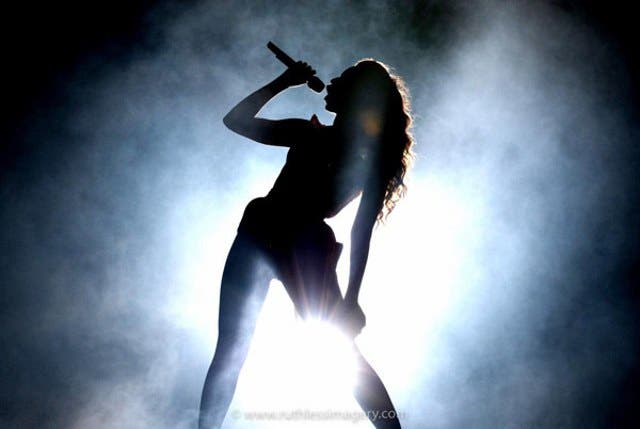
1.Know your camera. Properly. Every millimeter of it. RTFM! When you’re in the pit you have 2 or 3 songs max, that’s about 9 minutes. Don’t waste it by fiddling with dials or reading menus. Take the camera out beforehand and shoot traffic, or anything else that moves fast in low light. But read the manual and watch tutorials, I can’t stress that enough. Most camera manufacturerswill have the manuals in their apps now so download it, there’s no excuse!
2.Don’t wait for a press pass. You don’t need some magic sticker or golden card to tell you to shoot. There’s plenty of free gigs in your local area that would be delighted to have a photographer along. Head into the gig early, meet with the band, ask them if they would’t mind you shooting and then fire away. If the band invites you backstage, take loads of photos but don’t outstay your welcome. If they’re getting changed or having a pre-gig bonding moment, then leave! Nobody likes “that” guy!
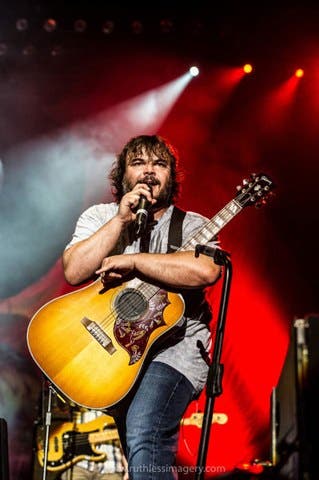
3.If there’s no actual ‘pit’ and you can shoot all night long…don’t shoot all night long! You’ll upset the paying customers. A band puts on a show for the fans, not the photographer. So sit down every few minutes to get out of the way. Never block a fans view for more than a few moments and apologize to everyone when you do. Being a photographer is sometimes like being a really cool ninja, you dart in and out and steal the shot without no one even knowing you were there.
4.Never stop looking through your viewfinder. If you take your eye away from the viewfinder you’ll miss the shot. If changing your view from the singer to the bass player, do it through the camera. If you need to change lenses, then be quick. Have your bag open and ready to load before the band walk on stage. Those 9 minutes go quickly, so you should have everything prepped.
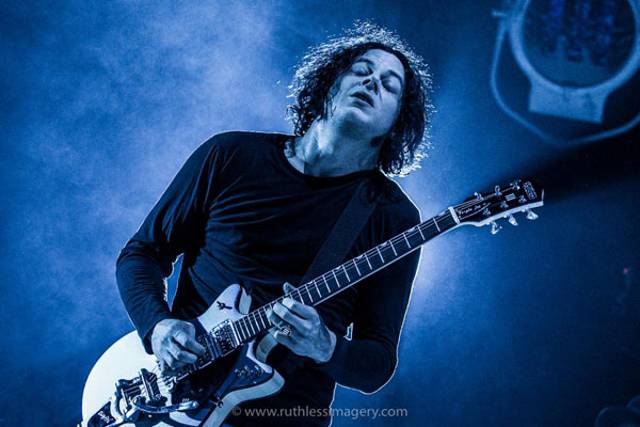
5.When you’re changing your physical position look where you are going. So many new photographers trip in the pit. Broken lenses and limbs are a common occurrence. It’s also really annoying when you’re shooting over someone’s head and they step backwards without looking. You end up with a black eye as a result of your camera bumping into your head! So throw a quick look over your shoulder before darting to the next position.
6.Know what the highest ISO your camera can realistically achieve. Pro photographers will tell you to never shoot over 800 ISO but all cameras are different. I worked on my D700 for 7 years, comfortably shooting at 1600, I upgraded to a D4s and now can shoot happily at 3200. Each camera has its own abilities. Again, the only way you’ll find this out is by bringing your camera to a low light event and shooting up the range. Then, in post production, blow the images up and inspect the amount of noise. You’ll know yourself at what ISO the noise becomes nasty and distracting.

7.Organize and back up everything from the start. I’m currently piecing together an exhibition of old work, and long story short, I have 227 folders marked “stuff” . Get a good archiving system in place, sort by date, name, or whatever you think is best.
8.Keep learning and keep (constructively) criticizing yourself.Your work will get lots of praise online (mostly from your Mum and your friends) but don’t let it go to your head. If you’re not part of a camera club (in reality or virtually) join one, they’re great for advice, and critique. The best thing you can do when someone more experienced offers you advice is graciously accept (or at least consider) it. Like in all professions, you must constantly grow, learn and adapt in photography in order to succeed. The Adorama Learning Center is full of tips from pro photographers.
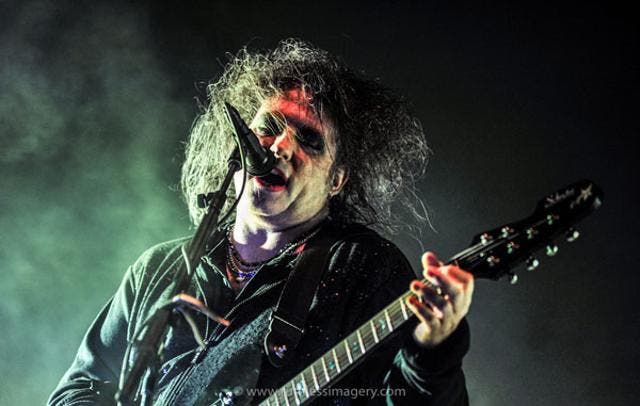
9.Have fun and make friends!I got into music photography because I love music, so I go to enjoy the show. After my three songs in the pit are done, you’ll usually find me moshing away in the middle of the crowd, covered in sweat and singing every lyric. However, I should point out that moshing in the photographer’s pit is a big no no! Additionally, the photographers pit at gigs is full of seasoned professionals who will help you if you’re stuck. I blagged my way into my first pro pit at aged 16 and I obviously looked terrified as one of the pros came up to me and asked if I was nervous. I nodded so he took my camera, magically set it to the right settings and told me not to worry. I got some semi-decent shots of Beck and I’m still friends with that Saint of a photographer all these years later. This industry is tiny and you’ll find the best help you’ll ever get is from those around you, so be nice, be friendly and let’s all take some amazing live photos!
I’ll be back with 10 More Advanced Tips for Newbie Music Photographers just as soon as you’re ready for them!
xR
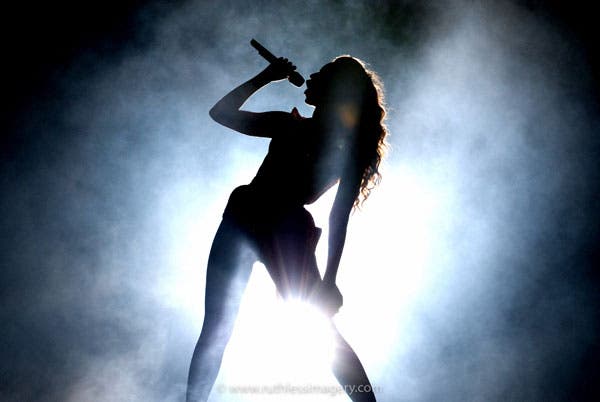

-1.jpg)
